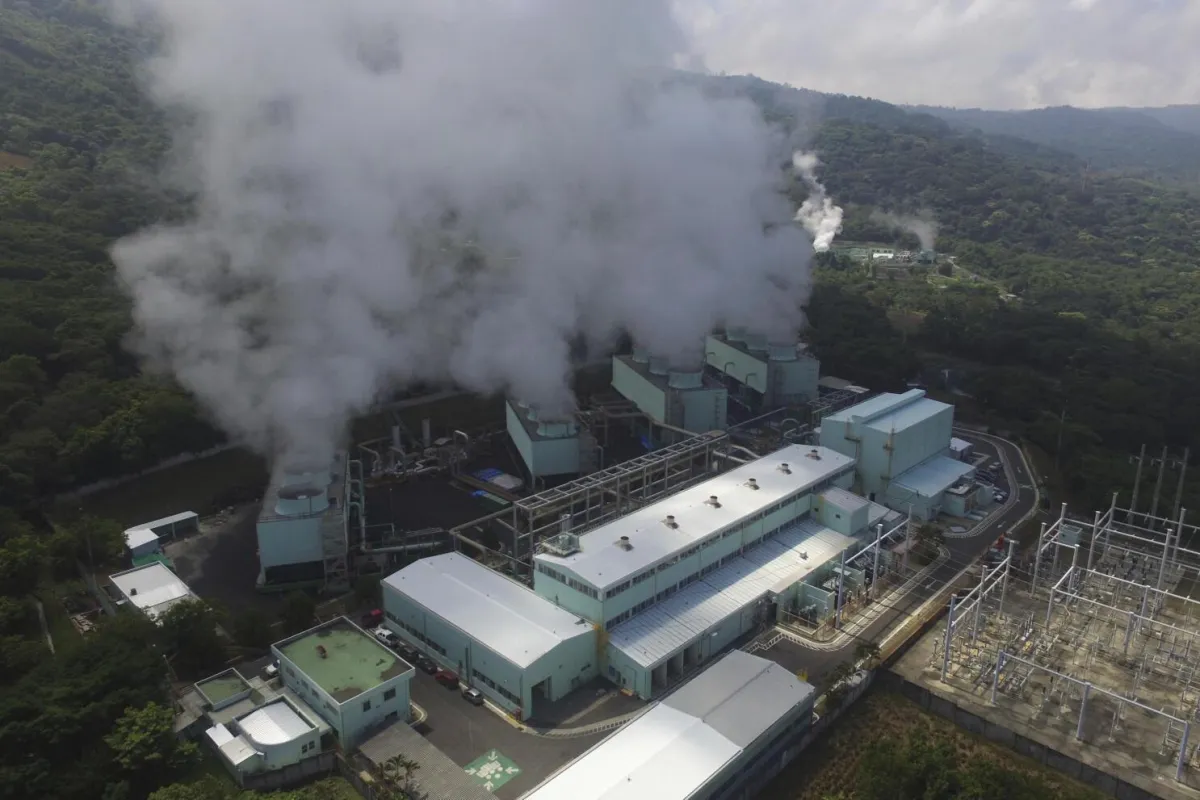Welcome to the Young Americans First Blog
Ready to take control of your financial future? We’re here to help you break free from the old system and discover the power of Bitcoin and decentralized finance. It’s time to learn how to build wealth on your terms and unlock true financial freedom. Let’s get started!

Reimagining Power: How Bitcoin Unlocks Energy Freedom
Picture a remote solar farm in the Australian outback or a geothermal power plant near the Tecapa volcano, each generating more energy than local demand requires. In El Salvador, for instance, the government has experimented with using volcanic geothermal plants to mine Bitcoin, turning what would be wasted or underutilized power into a direct revenue stream. Ordinarily, that power might go to waste as energy is extremely difficult to transport. But what if there was a way to turn every excess kilowatt-hour into money, regardless of where it is located? This is precisely what Bitcoin mining offers.
There are many costs that are required to mine gold or more simply to get gold out of the ground. A prospector requires their time to survey the land to see where new gold may be, heavy machinery to dig to the depth of the gold, energy to run those heavy machines, among other variable costs such as labor. When the price of gold rises, this operation becomes more profitable, and supply is flooded onto the market, eventually stabilizing supply and demand. Bitcoin parallels this, as miners compete to solve cryptographic puzzles, they pay mostly for energy. Instead of accepting a lag time between mining capacity and price resolution, Bitcoin can adjust the amount of energy required to mine a block (the puzzle's difficulty), every 10 minutes.
How Bitcoin’s Difficulty Incentivizes Cheap Energy
Difficulty adjustment: The network aims to solve a block every 10 minutes. More miners means harder puzzles, which requires more energy to solve each puzzle.
Profitability is directly tied to low energy costs: Miners paying less per kWh survive market dips and consistently have better margins than those who depend on consumer energy.
Incentive to generate: Building a solar, hydro, or wind farm can yield near-zero maintenance costs once installed. If the energy they produce is not used, Bitcoin becomes a direct buyer.
Buyer of Last Resort
Energy is extremely costly to transport. A clear example of this is the Australia-Singapore PowerLink, which is a renewable energy project that was announced in 2021. The PowerLink is a project designed to bring solar energy from northern Australian solar farms to Singapore via a 4,200km undersea cable. The total investment in this project is estimated to be $30 billion. Without massive infrastructure projects like this, excess energy is often wasted. Instead of allowing surplus power to go unutilized, miners can participate in the energy market directly from their energy source. This means there is no need for extensive transmission lines or local demand for energy. As a result, energy producers can monetize every kilowatt-hour, effectively converting energy into a digital commodity. This is a complete paradigm shift that can allow for the development of new, often renewable, energy projects in remote locations.
An Unprecedented Possibility
Nothing like Bitcoin has ever existed in the energy space. There has never been a system that can instantly transform unused or remote energy into a global, tradable asset. By serving as a buyer for surplus power, Bitcoin enables energy produced to innovate beyond traditional limits. This ability hints at a future where energy innovation and autonomy are not limited by proximity to large population centers or established grids, which in-turn opens the door to unprecedented energy freedom.
Nakamoto, Satoshi. “Bitcoin: A Peer-to-Peer Electronic Cash System.” Bitcoin.Org, 31 Oct. 2008, bitcoin.org/bitcoin.pdf.
Blain, Loz, and Sun Cable. “World’s Biggest Clean Energy Project to Power Singapore from Australia.” New Atlas, 17 July 2024, newatlas.com/energy/sun-cable-australia-singapore-solar-undersea-powerlink/.
